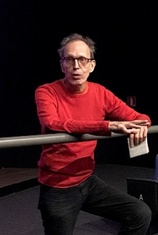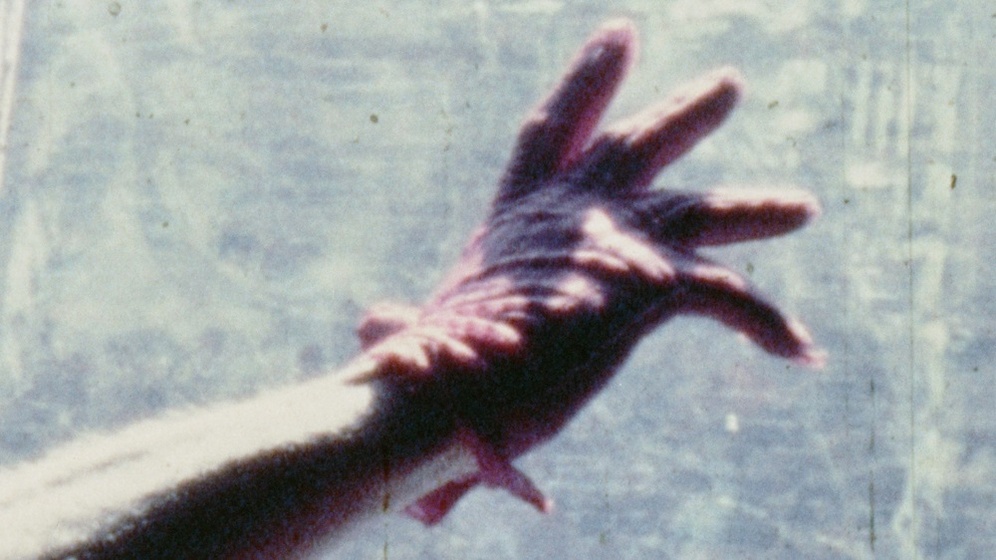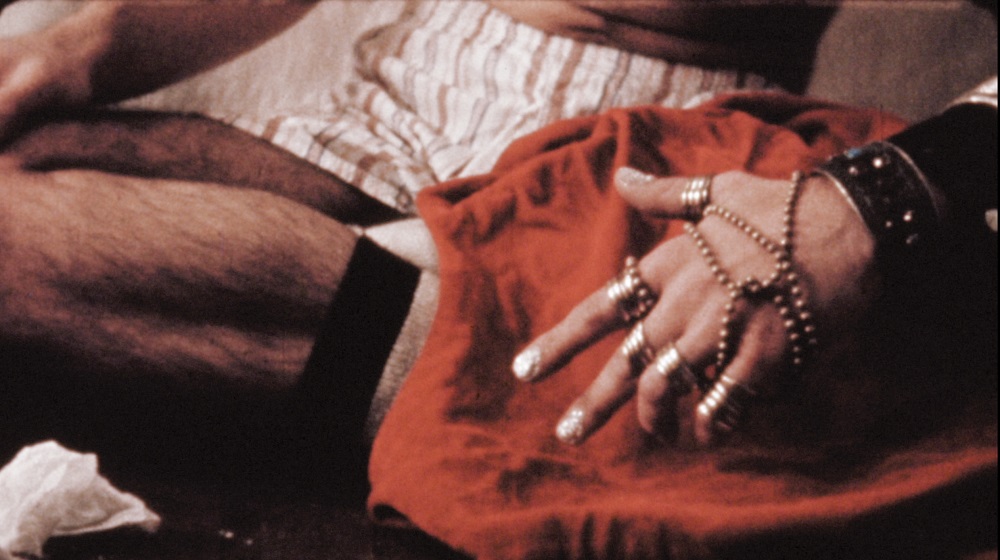yann beauvais started filming at the age of 14 while on holiday in Rome and Sicily. As a Philosophy student, soon after seeing Walden: Diaries, Notes and Sketches by Jonas Mekas at his university film club, he realized that what interested him about the cinema was the possibility of thinking images, and transformed his master’s dissertation into his first film with text. As well as Russian formalism and minimalist structuralism, beauvais was particularly interested in the logic of visual music, which he used both in his first film and in several of his filmed diaries.
Like other French filmmakers of his generation, beauvais’ attraction to avant-garde cinema was confirmed in 1976 thanks to the huge cycle Une histoire du cinéma, curated by Peter Kubelka for the opening of the Centre Georges Pompidou. Inspired by different historical practices, from the outset he alternated formalism with a more personal, subjective cinema. His multi-screen films bridged the gap between these two trends, in which he discovered the polyphonies that he was later to adapt to single-channel works. He also expanded the use of frame-by-frame editing to his films constructed from autobiographical material, used text as image in numerous cinétracts and adopted techniques typical of animated collage.
As a filmmaker, beauvais has worked with Super 8 and 16mm since the mid-70s, and in the late 1990s explored the possibilities of U-Matic. Since 2003, he has made over 20 video films, exploring the potential of digital technology (from Mini DV to mobile phone). In these visual essays, some in the form of film pamphlets, he has expanded his vocation as an activist and his research on identity and sexual orientation, the AIDS crisis, racism and postcolonialism, and ecology.
As a distributor, in 1982 beauvais set up the Light Cone cooperative jointly with Miles McKane. In the context of the deadlock resulting from disputes between the two Parisian university cooperatives of the seventies (Collectif Jeune Cinéma, linked to St. Charles Sorbonne, and the Paris Film Coop, related to Nanterre), Light Cone aspired not to represent a single trend in experimental cinema, but to bring together different perspectives to offer an overall vision. It was in this way that beauvais and McKane created a catalogue that included all kinds of films: formal, structural, materialistic, autobiographical, diaristic or personal, while incorporating feminism and sexual liberation movements. With Light Cone, beauvais also fostered important collaborations with international film festivals and cooperatives, and managed to put into circulation the work of essential artists whose archives did not distribute their films.
As a programmer, beauvais started to organize screenings in 1978 in various contexts: first in the midnight sessions of Adicinex and later with Scratch, the screening place set up by Light Cone to showcase the films in distribution or to create spaces to show the work of new generations of avant-garde French filmmakers. beauvais also worked to disseminate French experimental cinema, making long tours around the USA, England and New Zealand. Scratch’s most notable programmes include Cinéma des Plasticiens, Défilé: De Film: Re cadré: film comme installation, and Mot: dites, image. beauvais also produced important cycles such as Musique Film (jointly with Deke Dusinberre) at the Cinémathèque Française, Found Footage at the Jeu de Paume, Monter/Sampler: l’échantillonnage généralisé and Le je filmé (both with Jean-Michel Bouhours) at the Centre Georges Pompidou, Film and Cities at Film+ARC Graz Biennale, Diary Films at the film theatre of Bucharest and retrospectives of Andy Warhol and Gregory J. Markopoulos at the American Center in Paris, where he started to work in 1994.
Some of these cycles produced small publications in which Beauvais developed his writing and thinking on cinema. Equally important are the monographic books he edited about Paul Sharits, Malcolm Le Grice and, more recently, Cécile Fontaine. beauvais’ texts have been brought together in compilations, including Poussière d’image: Articles de films, 1979-1998 (Paris Experimental, 1998), On Films 1976-1998 (Eyewash, 2021) and Agir le cinéma – Écrits sur le cinéma expérimental (1979-2020) (Les Presses du réel, 2021), the most complete to date.


